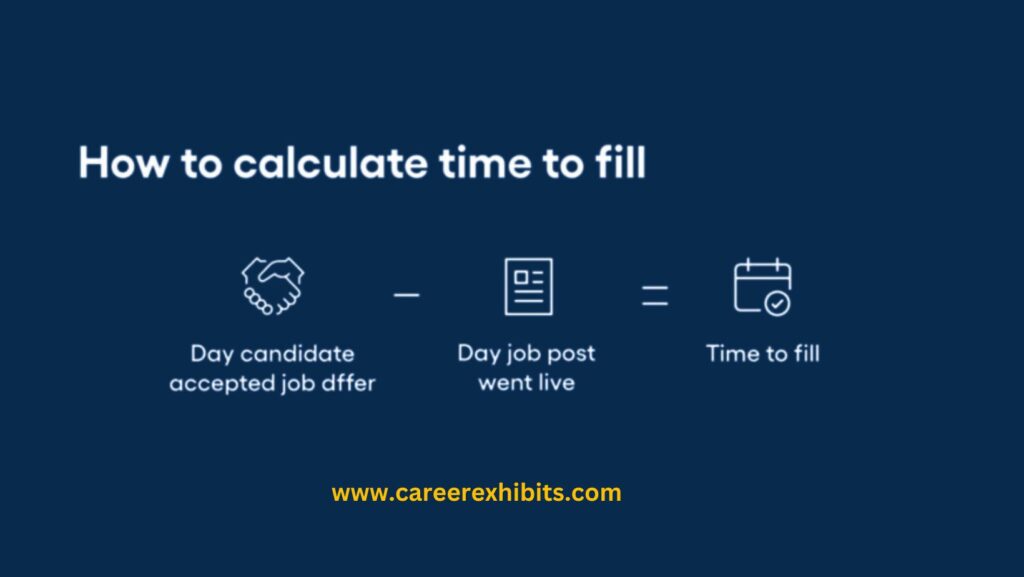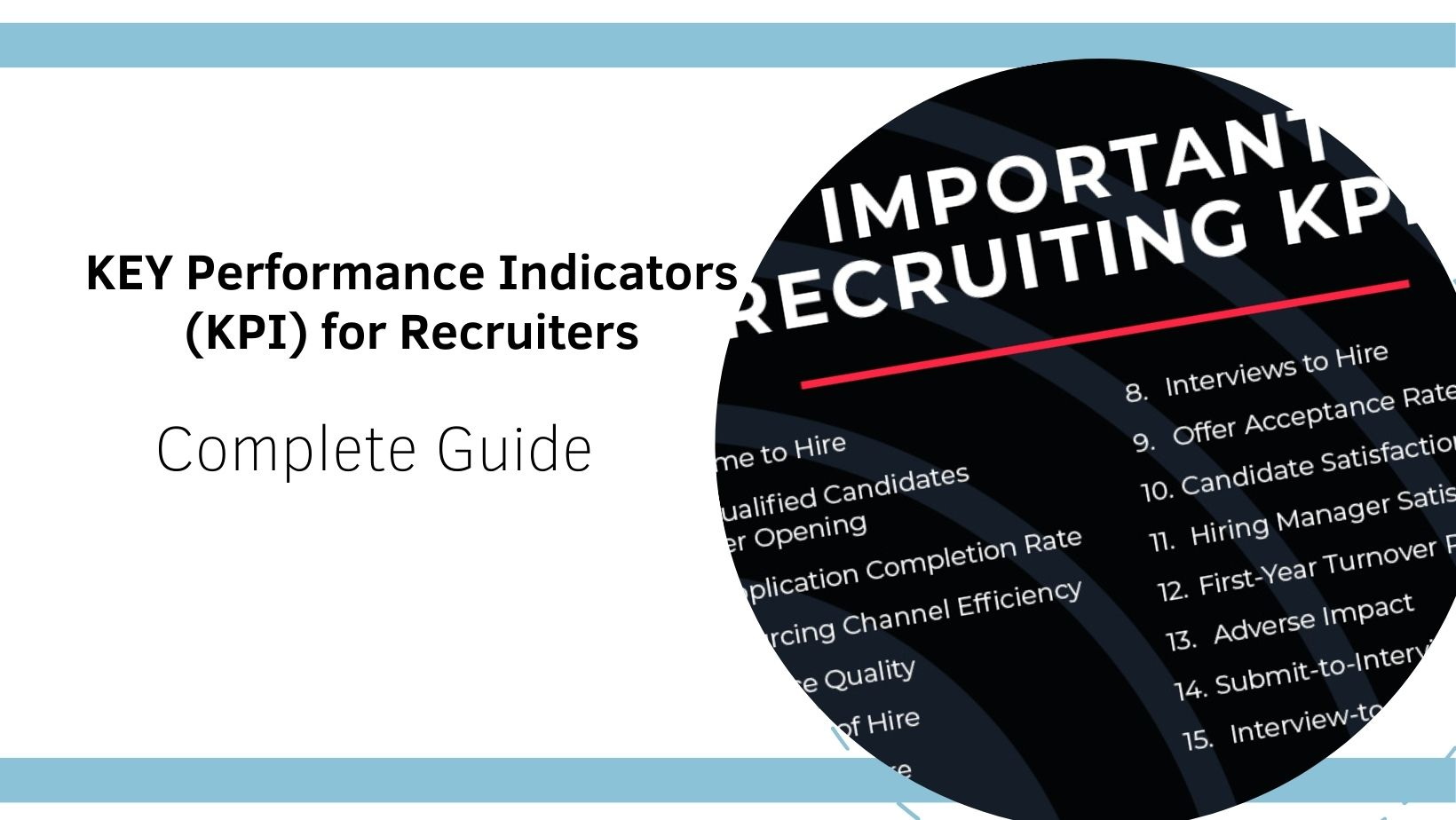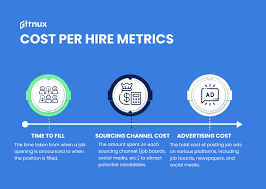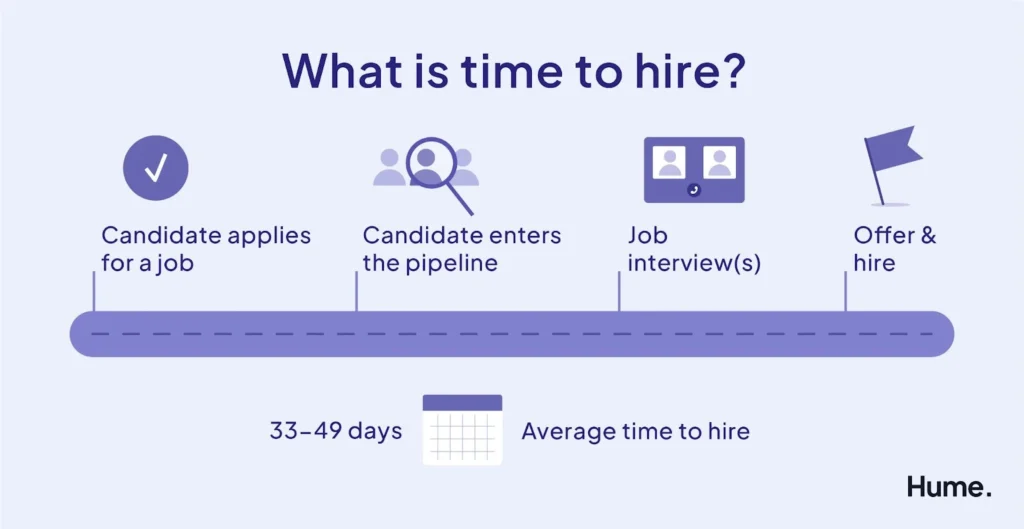Recruiting talented individuals is crucial for the success of any organization. With the evolving job market and increasing competition for top talent, recruiters play a vital role in sourcing, screening, and selecting the best candidates. To measure the effectiveness of recruiters and their impact on the hiring process, Key Performance Indicators (KPIs) are used. In this article, we will explore the Key Performance Indicators (KPI) for Recruiters and understand their significance in evaluating recruitment efforts.
Table of Contents
- Introduction:
- The Importance of Key Performance Indicators (KPI) for Recruiters
- KPI 1: Time-to-Fill
- KPI 2: Quality of Hire
- KPI 3: Source of Hire
- KPI 4: Candidate Satisfaction
- KPI 5: Cost per Hire
- KPI 6: Retention Rate
- KPI 7: Diversity and Inclusion
- KPI 8: Offer Acceptance Rate
- KPI 9: Candidate Engagement
- KPI 10: Recruitment Funnel Conversion Rate
- KPI 11: Hiring Manager Satisfaction
- KPI 12: Time-to-Hire
- KPI 13: Candidate Dropout Rate
- KPI 14: Employee Referrals
- KPI 15: Candidate Feedback
Introduction : KEY Performance Indicators for Recruiters
Key Performance Indicators (KPIs) serve as valuable tools for recruiters to measure and evaluate the effectiveness of their recruitment efforts. In the fast-paced world of talent acquisition, recruiters face the challenge of sourcing and attracting top-quality candidates while ensuring a seamless and efficient recruitment process. KPIs provide recruiters with quantifiable metrics that help them track their progress, identify areas for improvement, and make informed decisions.
Recruiters play a vital role in shaping an organization’s workforce by identifying and securing talented individuals who can contribute to its success. However, without a clear understanding of their performance and the impact of their strategies, recruiters may find it challenging to optimize their recruitment process and deliver optimal outcomes.
By employing relevant KPIs, recruiters can gain valuable insights into various aspects of their work. These metrics go beyond basic measurements and delve into factors such as time-to-fill, candidate satisfaction, quality of hire, cost per hire, and more. KPIs enable recruiters to track progress over time, benchmark against industry standards, and align their efforts with the organization’s overall objectives.
Moreover, KPIs provide recruiters with tangible data that can be analyzed and interpreted to make data-driven decisions. By consistently monitoring and analyzing these metrics, recruiters can identify trends, patterns, and areas of improvement. This, in turn, enables them to refine their recruitment strategies, allocate resources effectively, and focus on initiatives that yield the best results.
Not only do KPIs assist recruiters in assessing their own performance, but they also contribute to the overall success of the organization. Through effective talent acquisition, organizations can build a strong and diverse workforce, foster an inclusive culture, and ensure long-term success.
In this article, we will explore a range of Key Performance Indicator (KPI) for Recruiters, highlighting their significance and how they can be measured. By understanding and leveraging these KPIs, recruiters can enhance their recruitment processes, attract top talent, and contribute to the achievement of organizational goals. Whether you are an experienced recruiter seeking to optimize your strategies or a newcomer to the field, this article will provide valuable insights into the world of recruitment KPIs.
1. The Importance of KPIs for Recruiters
Recruiters are responsible for finding the right talent that aligns with the organization’s goals and culture. To assess their performance and improve their hiring strategies, recruiters need to track and measure their success using appropriate KPIs. Key Performance Indicators provide valuable insights into the effectiveness of recruitment efforts, enabling recruiters to make data-driven decisions and optimize their processes.
2. KPI 1: Time-to-Fill

Time-to-Fill is a crucial KPI that measures the duration it takes to fill a job vacancy from the time it is opened to the time a candidate is hired. This metric indicates how efficiently recruiters are sourcing, screening, and selecting candidates. A shorter time-to-fill signifies effective recruitment processes, reducing the time and cost associated with vacant positions.
3. KPI 2: Quality of Hire
The Quality of Hire metric evaluates the performance and long-term success of candidates recruited. It assesses factors such as job performance, cultural fit, and retention rates. By measuring the quality of hire, recruiters can determine the effectiveness of their selection process and identify areas for improvement. A high-quality hire not only contributes to the organization’s success but also reduces turnover and training costs.
4. KPI 3: Source of Hire
Understanding the Source of Hire is essential for recruiters to optimize their sourcing strategies. This KPI identifies the channels or platforms through which candidates are acquired. It could include job boards, employee referrals, social media, or direct sourcing. By analyzing the source of hire, recruiters can allocate resources effectively and focus on the channels that yield the best candidates.
5. KPI 4: Candidate Satisfaction
Candidate Satisfaction measures the level of satisfaction experienced by candidates throughout the recruitment process. It includes factors such as clear communication, timely feedback, and positive candidate experience. By prioritizing candidate satisfaction, recruiters can enhance their employer brand and attract top talent. A positive candidate experience also increases the likelihood of candidates accepting job offers.
6. KPI 5: Cost per Hire
Cost per Hire is a financial KPI that quantifies the expenses associated with the recruitment process. It includes recruitment advertising costs, agency fees, and the internal resources involved. By tracking the cost per hire, recruiters can optimize their budget allocation and identify cost-saving opportunities. Lowering the cost per hire while maintaining quality ensures efficient recruitment operations.
7. KPI 6: Retention Rate
Retention Rate measures the percentage of employees who remain with the organization over a specified period. This KPI reflects the effectiveness of the recruitment and onboarding processes. A high retention rate indicates that recruiters are hiring candidates who are a good fit for the organization and have a higher likelihood of staying long-term.
8. KPI 7: Diversity and Inclusion
Diversity and Inclusion are crucial aspects of a successful organization. This KPI measures the representation and inclusivity of candidates throughout the recruitment process. By tracking diversity metrics, recruiters can ensure equal opportunities for candidates from diverse backgrounds and create an inclusive work environment.
9. KPI 8: Offer Acceptance Rate
Offer Acceptance Rate determines the percentage of job offers extended by recruiters that candidates accept. This metric helps assess the effectiveness of the recruitment process, including factors such as compensation, benefits, and overall candidate experience. A high offer acceptance rate indicates that recruiters are successfully attracting and engaging top candidates.
10. KPI 9: Candidate Engagement
Candidate Engagement measures the level of interaction and interest displayed by candidates during the recruitment process. It includes metrics such as application completion rate, response rate to interview invitations, and active participation in assessments. By focusing on candidate engagement, recruiters can identify the effectiveness of their communication strategies and adjust their approach to attract and retain top talent.
11. KPI 10: Recruitment Funnel Conversion Rate

The Recruitment Funnel Conversion Rate tracks the conversion of candidates at different stages of the recruitment process, from application to hire. This KPI provides insights into the effectiveness of each stage, identifying potential bottlenecks and areas for improvement. By optimizing the conversion rate at each stage, recruiters can streamline the hiring process and reduce the time-to-fill.
12. KPI 11: Hiring Manager Satisfaction
Hiring Manager Satisfaction measures the level of satisfaction experienced by hiring managers with the candidates presented by recruiters. This KPI indicates the recruiters’ ability to understand the hiring managers’ requirements and deliver qualified candidates. By regularly collecting feedback from hiring managers, recruiters can align their efforts with the organization’s needs and expectations.
13. KPI 12: Time-to-Hire
Time-to-Hire measures the duration it takes to complete the entire recruitment process, starting from the job opening to the candidate’s acceptance of the offer. This KPI reflects the efficiency of recruiters in coordinating and managing the hiring process. A shorter time-to-hire ensures that the organization fills positions promptly, minimizing any potential productivity gaps.
14. KPI 13: Candidate Dropout Rate
Candidate Dropout Rate tracks the percentage of candidates who withdraw or discontinue their application or participation in the recruitment process. This metric helps recruiters identify potential pain points or barriers that may discourage candidates from completing the process. By reducing the candidate dropout rate, recruiters can enhance the candidate experience and attract a higher number of qualified applicants.
15. KPI 14: Employee Referrals
Employee Referrals are an effective source of high-quality candidates. This KPI measures the number of candidates sourced through employee referrals and their subsequent hiring rate. By encouraging employee referrals, recruiters can tap into their existing workforce’s network and leverage their recommendations to identify potential hires.
16. KPI 15: Candidate Feedback
Candidate Feedback provides valuable insights into the recruitment process from the candidates’ perspective. This KPI involves collecting feedback through surveys or interviews to understand the strengths and areas for improvement and strengthens the organization’s employer brand.
Free and paid Online Courses for KPI’s
KPI and metrics for Management Consultants & Managers
Sponsored by : Udemy
- Paid Course
- English
- Certificate Available
- 6 hours worth of m
Creating an Interactive KPI Management Dashboard in Tableau
Sponsored by: Coursera Project Network
- Paid Course
- English
- Paid Certificate Available
KPIs & Performance Management for Supervisor
Sponsored by: Study.com
- Paid Course
- English
- Paid Certificate Available
- 8 hours worth of material
Conclusion
Key Performance Indicators (KPIs) play a vital role in the recruitment process, providing recruiters with valuable insights to enhance their hiring success. By monitoring and analyzing these KPIs, recruiters can optimize their strategies, improve candidate experiences, and attract top talent. Implementing an effective KPI framework empowers recruiters to make data-driven decisions, align their efforts with organizational goals, and contribute to building a high-performing workforce.
FAQ
Q1: What are KPIs for recruiters?
A1: KPIs for recruiters are measurable metrics used to evaluate the effectiveness of the recruitment process. They provide insights into various aspects such as time-to-fill, quality of hire, candidate satisfaction, cost per hire, and more.
Q2: Why are KPIs important for recruiters?
A2: KPIs help recruiters track their performance, identify areas for improvement, and make data-driven decisions. They enable recruiters to measure the success of their strategies, enhance the candidate experience, and contribute to hiring top talent.
Q3: How can recruiters measure time-to-fill?
A3: Time-to-fill is measured by calculating the average duration it takes to fill a vacant position from the moment it is posted. Recruiters can track the time from job posting to candidate acceptance to determine the time-to-fill metric.
Q4: How is the quality of hire measured?
A4: The quality of hire can be evaluated by considering factors such as job performance, retention rates, and overall fit within the organization. Recruiters can track the performance of hired candidates over time and assess their contributions to the organization.
Q5: What is the significance of candidate satisfaction as a KPI?
A5: Candidate satisfaction is crucial because it reflects the candidate’s perception of the recruitment process and the organization. Positive candidate experiences lead to a stronger employer brand, increased referrals, and higher chances of attracting top talent.
Q6: How is cost per hire calculated?
A6: Cost per hire is calculated by summing up all recruitment-related expenses, including advertising costs, background checks, travel expenses, and recruiter’s time. Dividing this sum by the total number of hires provides the cost per hire metric.
Q7: Why is diversity and inclusion a KPI for recruiters?
A7: Diversity and inclusion are essential for fostering innovation, creativity, and a positive work environment. Tracking diversity-related metrics allows recruiters to evaluate their efforts in attracting candidates from diverse backgrounds and promoting an inclusive workplace culture.
Q8: How is the offer acceptance rate measured?
A8: The offer acceptance rate is measured by dividing the number of accepted job offers by the total number of offers extended. A higher acceptance rate indicates effective communication, negotiation, and candidate engagement by recruiters.
Q9: What is the recruitment funnel conversion rate?
A9: The recruitment funnel conversion rate measures the effectiveness of the recruitment process at each stage, from application to hire. By analyzing the conversion rates, recruiters can identify areas of improvement and optimize their workflows.
Q10: How can recruiters improve hiring manager satisfaction?
A10: Recruiters can enhance hiring manager satisfaction by understanding their requirements, maintaining open communication, and providing quality candidates that align with the job specifications. Regular feedback and collaboration help ensure the recruitment process meets hiring manager expectations.









